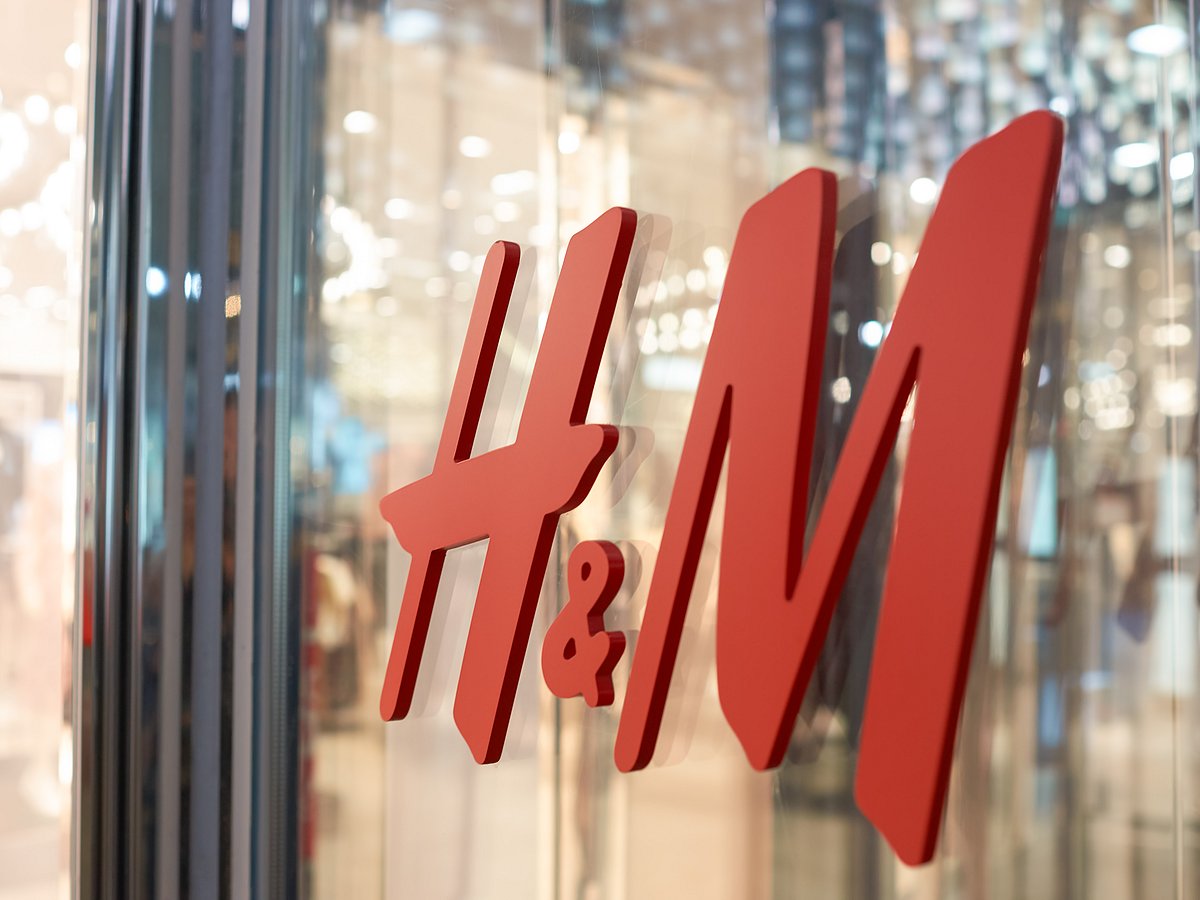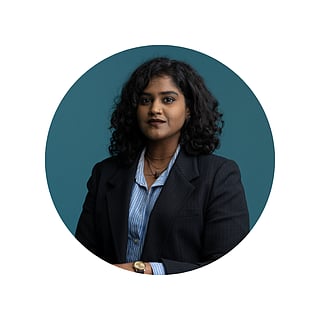H&M’s big Middle East makeover will reshape the experience for UAE and Saudi shoppers
H&M’s CEO outlines a refreshed plan for GCC shoppers with new stores and local relevance

Dubai: H&M is entering a new phase in the Middle East as the Swedish retailer moves to sharpen its relevance in one of its most competitive global markets. With younger, trend-driven shoppers shaping buying behaviour across the UAE and Saudi Arabia, the brand is rethinking everything from store layouts and digital engagement to local collaborations and beauty offerings.
The shift comes as H&M marks almost two decades of partnership with Alshaya, a relationship CEO Daniel Ervér says has been central to understanding regional customer needs while allowing the company to scale responsibly. “We see this as an area with a lot of growth potential with the customer with a high demand, where we really need to show up at our best,” he said, noting that the region now sits firmly among the group’s priority markets.
One of the signs of H&M’s regional reset is the newly "reimagined" store at Dubai Mall, which reopened with one of the most immersive concepts in the brand’s global network.
The space has been built as an experience rather than a traditional retail floor. Shoppers walk into interactive fitting rooms, a customisation station, a photo booth, a beauty claw machine and curated trend zones designed to encourage exploration rather than fast browsing. The store also debuts a widened beauty offering, featuring a selection of regional brands, including By Mina Al Sheikhly, Noha Nabil Beauty, By Haneen Al Saify, Barkha Beauty, Murad, and Light Salon, a nod to local tastes and cultural influence.
This aligns with H&M’s broader push to convert its Middle Eastern flagships into discovery-driven spaces that can meet the expectations of a young, style-motivated consumer base.
Tapping into younger shoppers
Ervér stressed that relevance begins with the product. H&M’s 500 in-house designers are being encouraged to work closely with cultural shifts, emerging youth trends, and global pop references. “For the customer, and even more so the younger customer, the product needs to be on trend, super relevant and the youth product,” he said.
Seasonal capsules, such as the Ramadan collection, and climate-specific adaptations are becoming increasingly prominent in the region as the brand enhances its local assortment planning.
Digital push with real-time store visibility
Alongside physical upgrades, H&M has overhauled its digital experience across the GCC, rolling out a redesigned app and website. The next phase is more ambitious. Stores across the region are being fitted with RFID technology that counts every SKU in real time. “We also know where in the store it is, so we can use the devices to navigate to exactly the position,” Ervér said. Staff currently use this feature, but the brand is now exploring how to open it directly to customers through the app.
Pilot stores in Europe already allow shoppers to view a store map, tap on an item online and locate it with one-metre precision. The UAE is expected to be among the early beneficiaries once the feature is ready for public rollout.
Also Read
Why Saudi shoppers love buying from homegrown retail brandsMall of the Emirates expansion: Kim Kardashian’s Skims, Primark, Ulta Beauty opening dates revealedUlta Beauty UAE launch: CEO reveals 80+ exclusive brands, ‘beautytainment' plans for GCC storesBalancing beauty, inclusivity and value
The Middle East beauty market continues to outpace global averages, and H&M is leaning into this demand. The Dubai Mall relaunch marks the first time the brand has brought such an extensive mix of regional beauty labels into a flagship concept, a move designed to increase loyalty among GCC shoppers who often prefer home-grown brands alongside global names.
“H&M should be a brand which welcomes everyone,” he said. Value also remains central to H&M’s positioning, even as it competes with ultra-low-cost platforms. “It should always be outstanding value for money,” he said, noting that elevated pieces sit alongside entry-price basics, each priced according to quality and longevity rather than trend cycles.
Local collaborations and future plans
H&M is already working on localised beauty collaborations and has been exploring fashion partnerships with regional designers and creatives. Larger collaborations are under consideration, although timelines remain open. “More things to come,” Ervér said.
For now, the focus is on sharpening H&M’s presence, improving design quality, upgrading stores and embedding global-to-local relevance into every collection. “We really need to show up at our best,” he said. And for GCC shoppers, that shift has already begun.
Sign up for the Daily Briefing
Get the latest news and updates straight to your inbox
Network Links
GN StoreDownload our app
© Al Nisr Publishing LLC 2025. All rights reserved.
